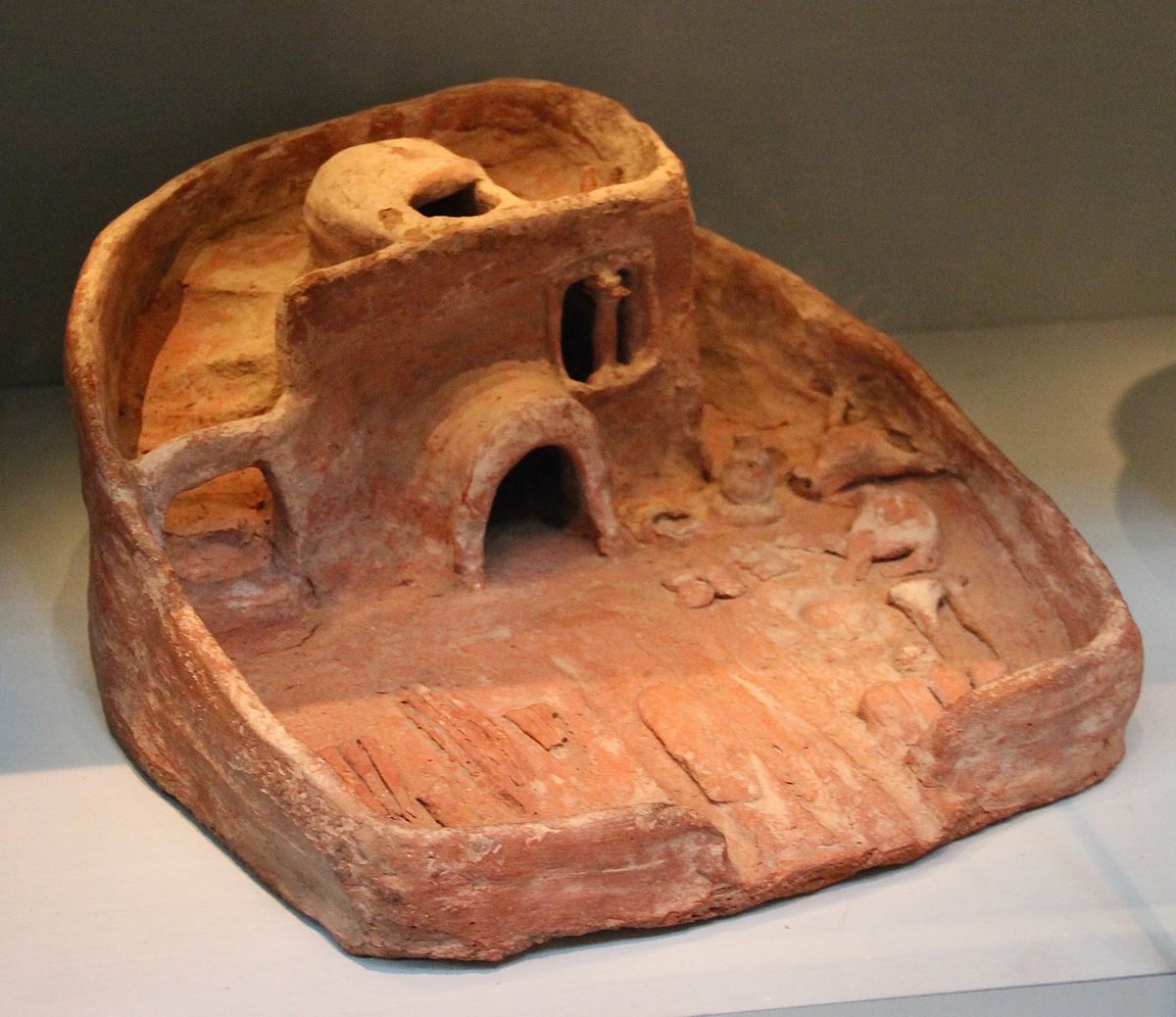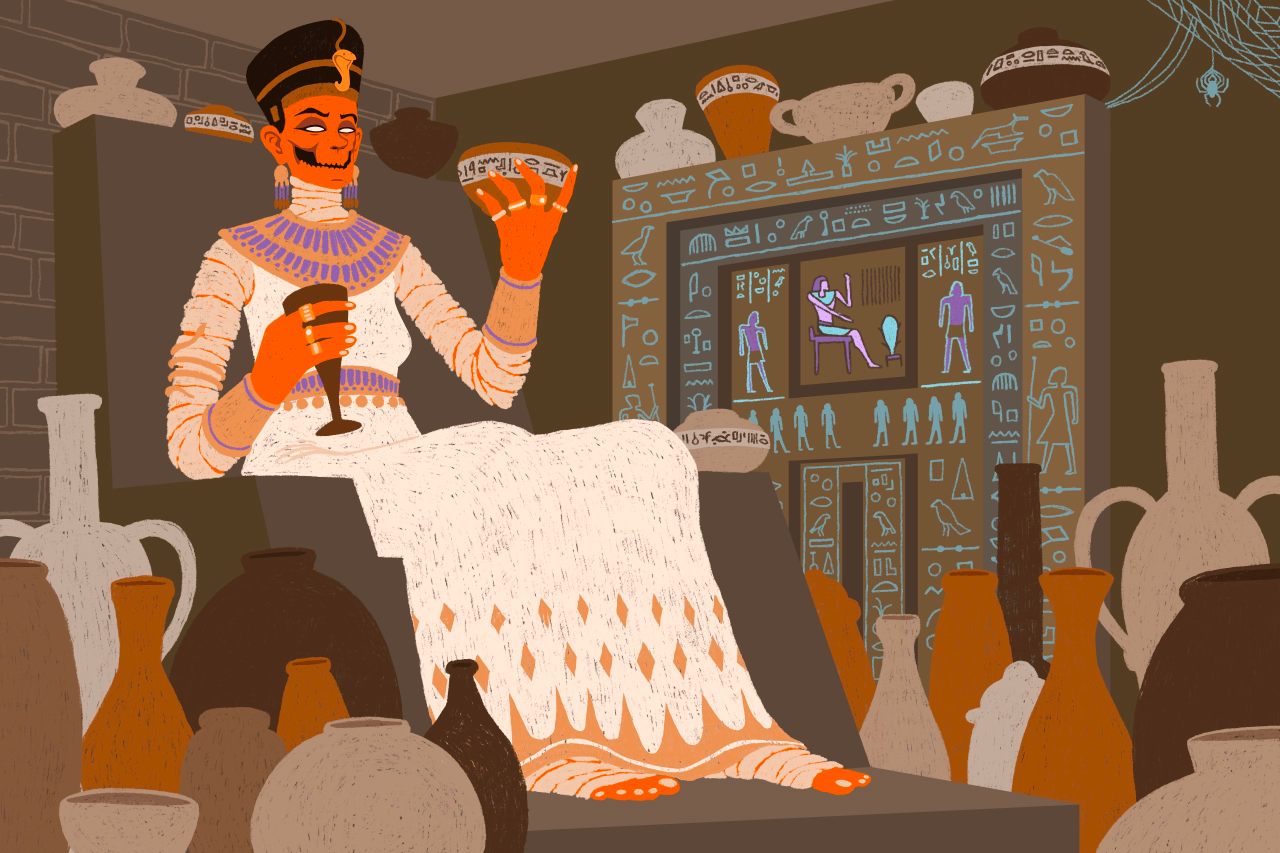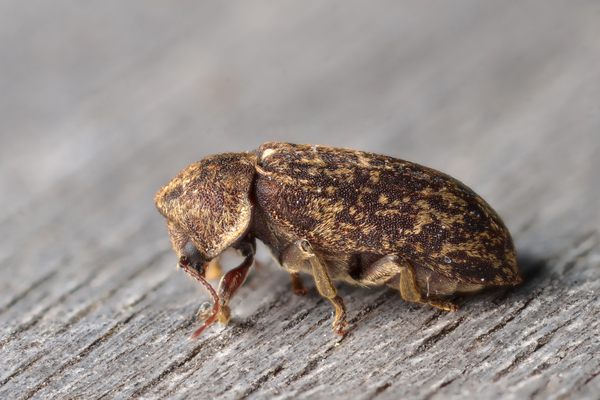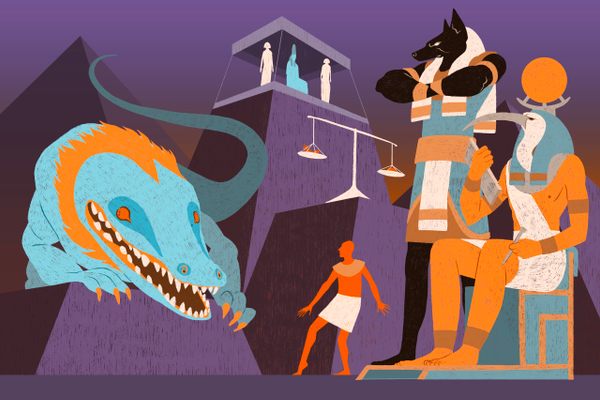In Ancient Egypt, Soul Houses and False Doors Connected the Living and the Dead
Rich or poor, you could reach out to friends and family in the afterlife—and communication went both ways.
Each week in October, University of Manchester Egyptologist Nicky Nielsen will share an intriguing aspect of ancient Egyptian beliefs and traditions surrounding death and the afterlife.
The ancient Egyptians shared the world they inhabited with innumerable otherworldly entities: invisible, yet with immense power. Demons haunted the desert wastes and goddesses dwelled in the marshes of the Nile Delta, but the spirits of the dead were omnipresent. Ancestor worship was an important part of household religion and the belief that the dead could not only be communicated with, but could also use their power to both help and hurt living beings, was an ingrained part of the ancient Egyptian belief system.
To facilitate the transfer of offerings and messages from the living plane to the Afterlife, the ancient Egyptians created a number of objects that could serve as both portals between worlds and as memorials to the people who had died.
False Doors
False doors were a specific type of funerary decoration often found in the tombs of the Egyptian elite during the Old Kingdom, the period more than 4,000 years ago when the Giza pyramids were built. False doors were carved from a single piece of limestone and took the form of a narrow doorway surrounded by inscribed door jambs and surmounted by a lintel. The tomb’s occupant was usually represented seated at a table laden with food offerings: vegetables, fruits, bread, wine, beer, and meats—everything a soul would need to sustain itself in the afterlife. The family members and friends of the deceased could also be immortalized on the false door. These carvings were not portraits, however, but idealized representations. Both men and women were shown in the prime of their life: strong, healthy, vigorous, and fertile.
The false doors were often the focal point of a tomb’s offering chamber because they allowed both real and magical offerings to reach the soul, or ka, of the tomb occupant. In the same way, the false doors provided a passageway for the ka of the deceased to leave the afterlife and visit their tomb.
Soul Houses
False doors were generally the preserve of the extreme elite, those state officials who could afford to hire artists and craftspeople to build their multichambered stone tombs. The vast majority of the population of Egypt had no such resources. But they too required a way to magically pass offerings from the living world to sustain the souls of their ancestors in the afterlife.

In place of stone, they turned to the muddy clay of the Nile, of which there was an abundance. Carefully, they crafted and fired small models of houses complete with courtyards. They filled the courtyards with models of bread and vegetables, grain bins and pots filled with beer. Then they placed these objects, collectively known as soul houses, on top of the graves of their family and friends. The soul houses became imbued with magic and through them, food offerings could pass between the worlds of the living and the worlds of the dead. They are simple objects, but they show that the ordinary ancient Egyptians were every bit as concerned as the social elites with providing for their ancestors in the afterlife.
Letters to the Dead
Whereas false doors and soul houses mainly allowed the transfer of food offerings from the living to the dead, occasionally actual messages needed to be sent to those who dwelled in the afterlife. In order to do that, the ancient Egyptians wrote letters to the dead. These were most commonly written with ink on clay bowls and placed outside the grave of an ancestor. The letters, several of which are preserved in museum collections in both Egypt and beyond, show the daily concerns of people who lived thousands of years ago. They worried about disease, about the safe birth of a newborn, about enemies—worldly and ethereal—who might be plotting against the family.
In one letter, now in the Louvre Museum in Paris, the unnamed author asks a deceased family member named Mereri to use their power from the afterlife to lay obstacles in the way of anyone who might be planning to harm Mereri’s descendants. Another letter, written on a jar now held in Chicago’s Institute for the Study of Ancient Cultures, West Asia & North Africa (formerly the Oriental Institute), contains a more specific plea by a man writing to his deceased mother or grandmother: “I beg a second healthy male child for your daughter (the man’s sister).” The letter’s author goes on to remind the spirit of a promise made before their death: Whatever lay beyond the veil, they would use their influence to make sure that their descendants were not afflicted by any evil.
In a world of rampant disease and famines, and of high infant mortality rates, it was perhaps a comfort for the living to imagine that a beloved family member could stand guard, unseen and imbued with unimaginable magic, to ensure that no harm befell the family they had left behind.




















Follow us on Twitter to get the latest on the world's hidden wonders.
Like us on Facebook to get the latest on the world's hidden wonders.
Follow us on Twitter Like us on Facebook